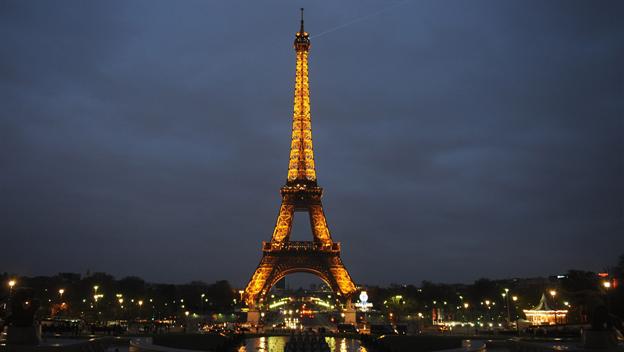Travel + Leisure has an
article by
Jordi Lippe-McGraw, a contributing digital reporter, about passport stamps from places
Rico (and, admit it, you, too) won't get to, either:
Going through customs can be a pain for those of us who don't like long waits, hoards of people, or fluorescent lighting. In some countries, however, there's opportunity for a little bit of happiness. In places like Antarctica and San Marino, visitors get a passport stamp that's, well, a bit creative.
Sure, there have been personal competitions among travel obsessives to see how many stamps they can get to fill their passports, but collecting stamps at Machu Picchu and the South Pole are a step beyond. From adorable and rare to totally bizarre, these are the ten of the coolest, brag-worthy passport stamps in the world:
Antarctica
Though
not technically a country, this continent is managed by more than fifty nations. There’s no
official passport stamp, but visitors can get souvenir ones at the various scientific stations based there.
North Korea
Given that fact that only about fifteen hundred tourists are allowed to visit this secretive country each year, getting one of
these on your passport is something pretty special. To get access, you must book a tour with approved companies, and receive your stamp upon entry.
Machu Picchu
Though this
UNESCO World Heritage site is located in Peru, visitors can receive an additional special stamp in their passports at the entrance of the ruins. What better way to mark the hiking feat?
Llanfairpwllgwyngyllgogerychwyrndrobwllllantysiliogogogoch
No, that’s
not a typo. With 58 characters, this village in Wales has the longest place name in Europe, and the second-longest in the world. The novelty stamp is available in the
James Pringle Weavers shop. (
Rico says he actually went there, back in 1969).
Tristan da Cunha
This island, located in the South Atlantic, is considered the most remote, inhabited isle in the world. There’s no
airport, so visitors have to take a five-day boat ride from the nearest point in South Africa before getting the coveted stamp.
Akhzivland
Considered a micro-nation, this spot is located on the northern Mediterranean coast of Israel and is less than three acres. There are only two residents, but they
do have the their own passport stamp.
Republic of San Marino
It’s
not the hardest stamp to get a hold of, but it
is certainly unique. This country, located in central Italy, is the world’s oldest and smallest republic.
Guantanamo Bay, Cuba
Now that Cuba’s borders are a
bit more relaxed for Americans, there will likely be a larger influx of visitors, but getting into
Guantanamo Bay still remains elusive, as only those with military business are allowed. (
Rico says his father went there back in the Fifties, when he was in the
Naval Academy.)
The South Pole
If you make it to the South Pole, you deserve a stamp. It's obviously
not a country, but ambitious trekkers can get a commemorative passport stamp at
Amundsen-Scott South Pole Station, nonetheless.
Cayman Islands
This passport stamp is just downright adorable.
Sir Turtle was created by
Suzy Soto in 1963, and still greets visitors today.





























